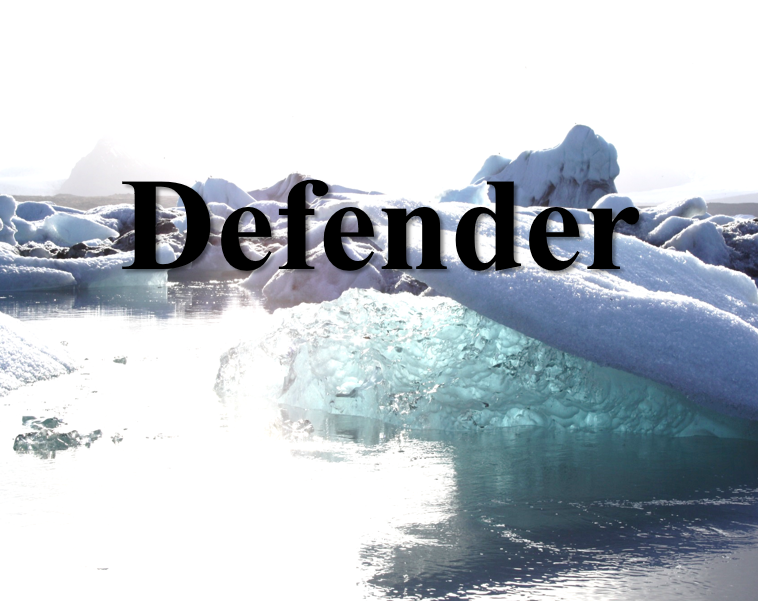After all the discussion we have during this semester, last panel session was intended to debate “What would be an alternative to the 2-degree limit?. To face this question two main streams gather, one in favor of the current temperature limit and another one with some other proposals.
The discussion started with people in favor of a temperature target, arguing is the best option among others because allows policymakers to commit with climate change actions. Additionally, is an easy target to communicate with the public. Opponents put into the table the idea of having a zero emission target controlled by taxes at the extraction site, seen as a helpful tool to prevent dangerous limits because it takes into account industry into the actions needed to face climate change. Besides, have the advantage of helping with inequalities by redistributing wealth and encouraging the implementation of low carbon technologies. Nevertheless, as they exposed their arguments several difficulties were found with the performance of this tax as a tool to reach the zero emission target, sadly given the time we have we could not talk about all of them profoundly. As an example, yet there is no clear framework to work with this taxes and the price of carbon is not high enough, also political and institutional structures can be a problem to implement this tool in every single country. To complement this new target, some other alternative group gave the idea of the 350 ppm of CO2 as a target, justifying that a fixed amount of GHG in the atmosphere helps even more because industry can work easier with concentrations rather than temperature to set reduction goals.
Given these proposals, I think that temperature is the best political and social target we can have today. Shaw (2017) states that climate change cannot be resolved entirely by scientific calculation because global reproduction of knowledge depends more on the institutions involved than in the facts, he also highlights that in order to have policy impact you need to be pragmatic about targets, and this is why a 2 degree limit is a good option for policy: It helps to have something to start on. And actually, at the end of the panel discussion, something similar came as disclosure, saying that the current target is politically feasible. Also, I see it as something that helps to have “common terms” in the international discourse and even more important to take actions against the effects of climate change. This target is something like an international unit of measure, that is needed when every arena interacts with each other, but when it comes to putting it into practice we need to translate it into the needs of every single one of them.
Here I leave the reference in case you want to read more:
http://climatescience.oxfordre.com/view/10.1093/acrefore/9780190228620.001.0001/acrefore-9780190228620-e-15


Thanks for the reference to Shaw 2017. I think this issue was also addressed during our panel discussion, in which Oliver Geden pointed out that the scientifically well posed target does not make a politically effective one.